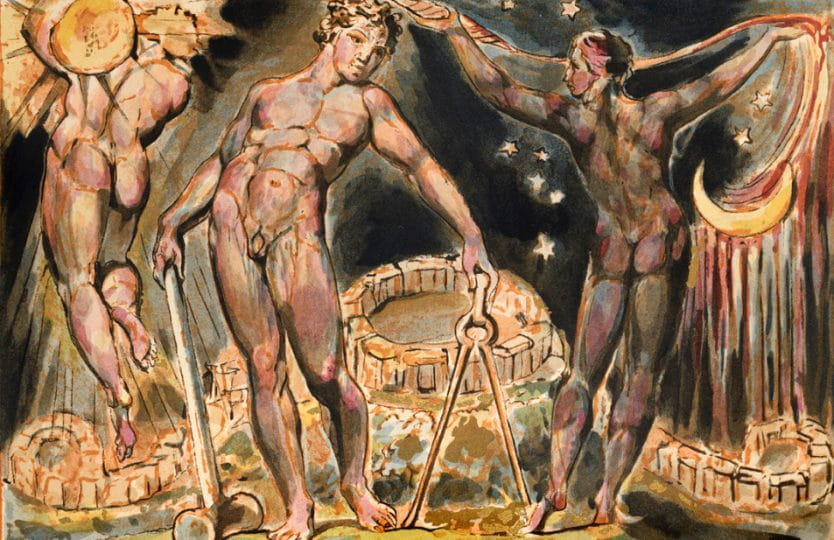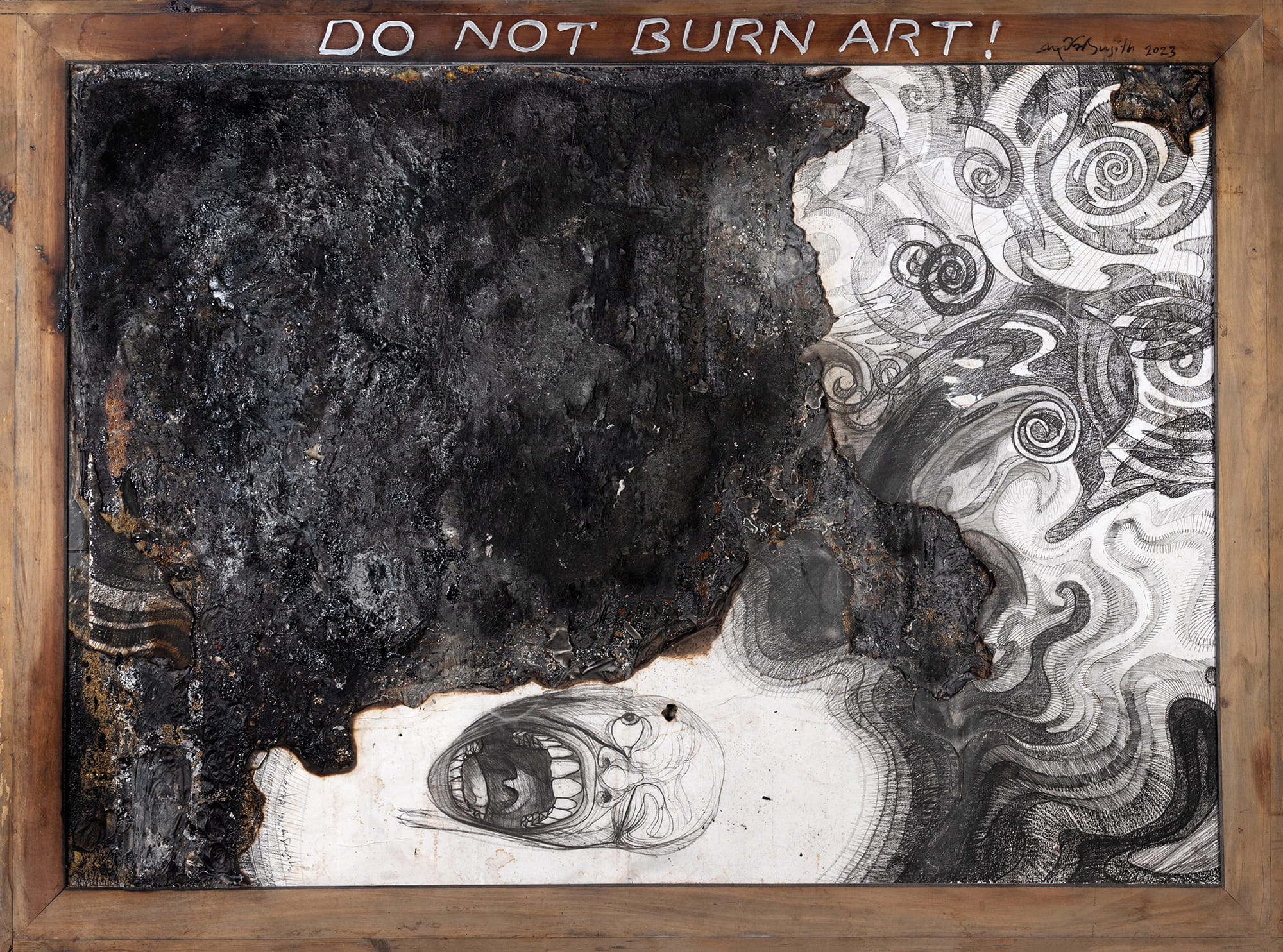In the midst of the tumultuous and ever-changing landscape of our contemporary world, where crises seem to abound and uncertainties cast long shadows, there is a pressing need for reflection and contemplation. Our lives are increasingly intertwined with the consequences of our actions, and the very foundations upon which our modern society was built are being called into question. As we grapple with the profound implications of climate catastrophe, a loss of connection with the natural world, the cost of living crisis, and a growing sense of disconnection, we find ourselves at a crossroads. The paradigms of reason, rationalism, and scientific progress that have guided us for centuries now appear shaky and inadequate in the face of the complex challenges we confront.
It is within this context that the words of William Blake, the visionary artist and poet of the late 18th and early 19th centuries, resonate more powerfully than ever. Blake once declared, "Art is the Tree of Life. Science is the Tree of Death." His words encourage us to look at things from a new angle, one that transcends the boundaries of reason and rationality, inviting us to rediscover the realm of imagination and creativity.
"William Blake: Prophet Against Empire" is meant to offer us a unique opportunity to embark on a journey through Blake's mystical world. As we navigate the complexities of the modern era, rife with crises and uncertainties, we find ourselves questioning the very foundations upon which our world was built. The exhibition delves into the heart of Blake's perspective, a perspective that bridges the past and present, resonating with the current discontents and aspirations of society.
As we delve deeper into Blake's work, we are confronted with his critique of Enlightenment ideals and his call for a return to individual expression, social justice, and communal care. In a world where the pursuit of material wealth often takes precedence, Blake's passionate plea for a more profound connection with the world around us serves as a guiding light.
His perspective from over two centuries ago still holds such relevance in our modern era because his life unfolded during a time of global upheaval—an era marked by the rise of the British Empire, the American War of Independence, and the fervour of the French Revolution. It was a period characterised by rapid industrialisation, where the 'green and pleasant land' of England underwent a dramatic transformation. It was also a time of profound change in the realm of ideas, with new concepts of social justice and individual rights emerging alongside the march of progress.
Within this tumultuous framework, Blake's imaginative images and texts spoke to the evolving challenges of his era. His originality, spiritual insights, and unwavering individuality set him apart as a luminary of his time. Today, as we grapple with our own era of uncertainty and upheaval, his work offers us a revitalising alternative—an opportunity to reconnect with the world through the lens of imagination.
"William Blake: Prophet Against Empire" is meant to act as an invitation for us to consider Blake's perspective on science, capitalism, and societal advancement, to challenge us to re-evaluate the values that guide our lives and prompts us to ponder the possibilities of renewal through imagination. It is not supposed to just be a reflection of the past; but also serve as a beacon to help us navigate the challenges of the present and the future. It is intended to push us to consider the causes of our modern issues and encourage us to consider imaginative solutions. This exhibition offers a chance to engage with William Blake's profound thoughts and create discussions that could potentially help our uncertain times.

This blog post was written by MA Curating 2023 student Adhithi Ravikumar, and is in dialogue with the "William Blake: Prophet Against Empire" exhibition which is on display in the Albert Sloman Library at the University of Essex Colchester campus from Wednesday 11 October to Friday 17 November and features items from the University of Essex Art and Special Collections and is presented by Art Exchange.






